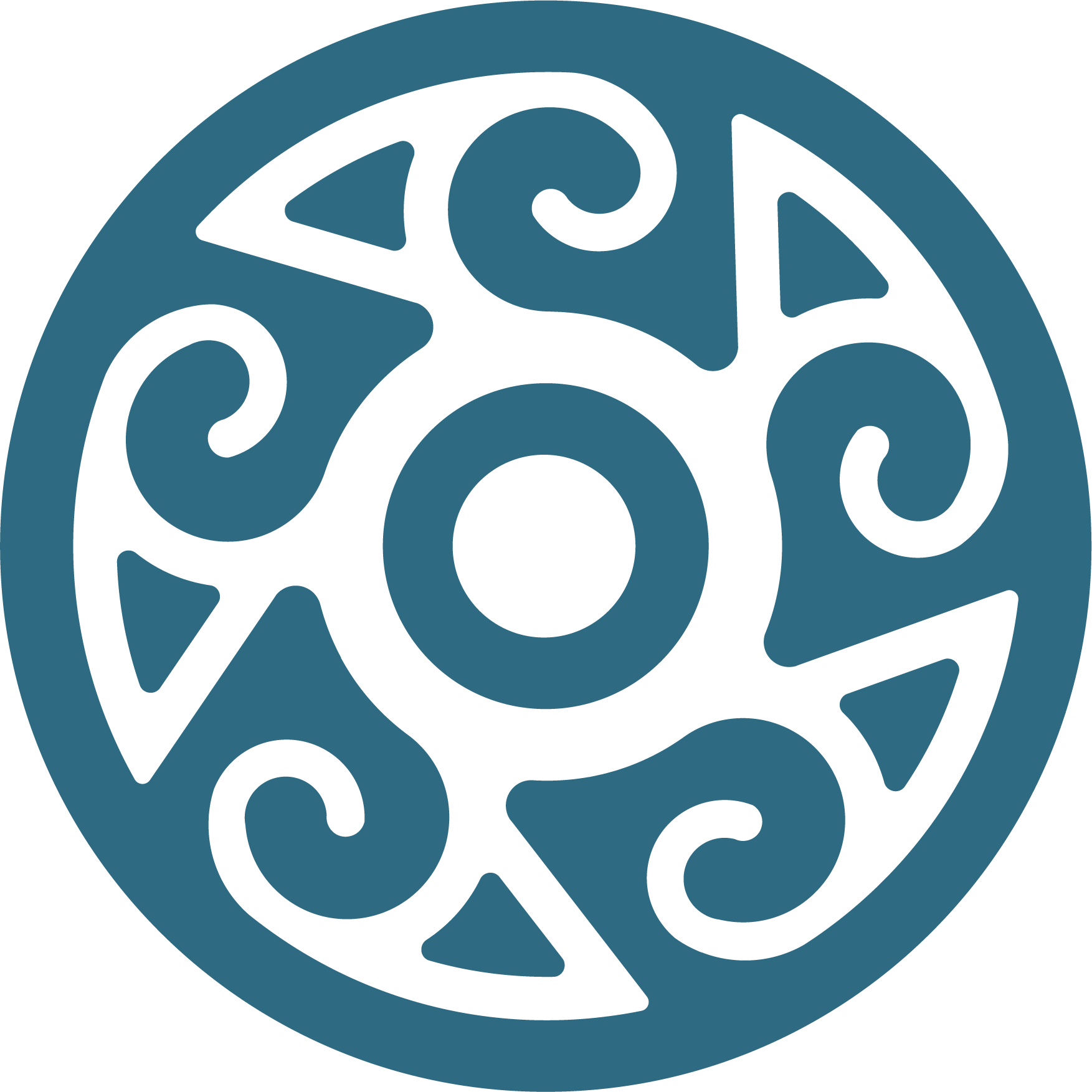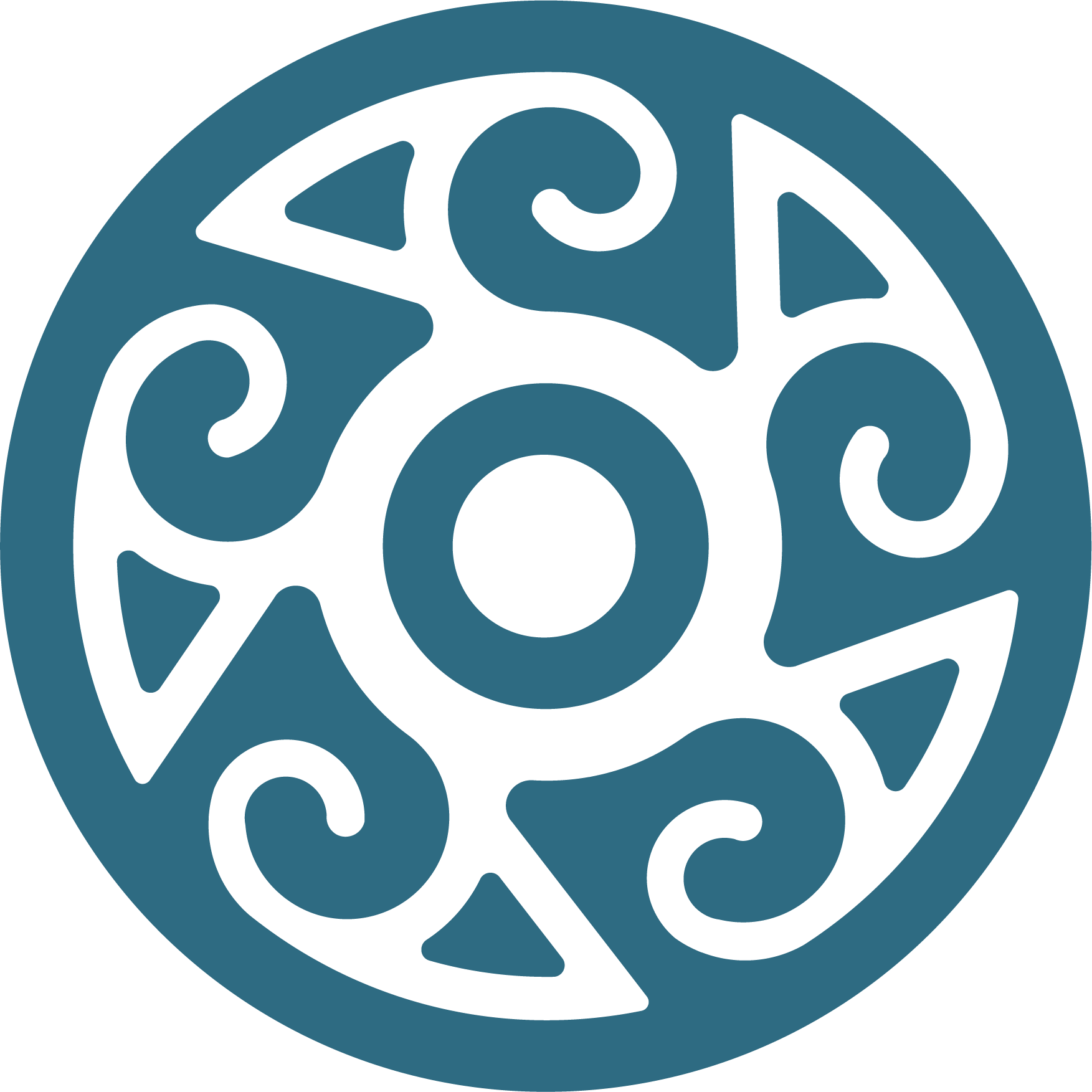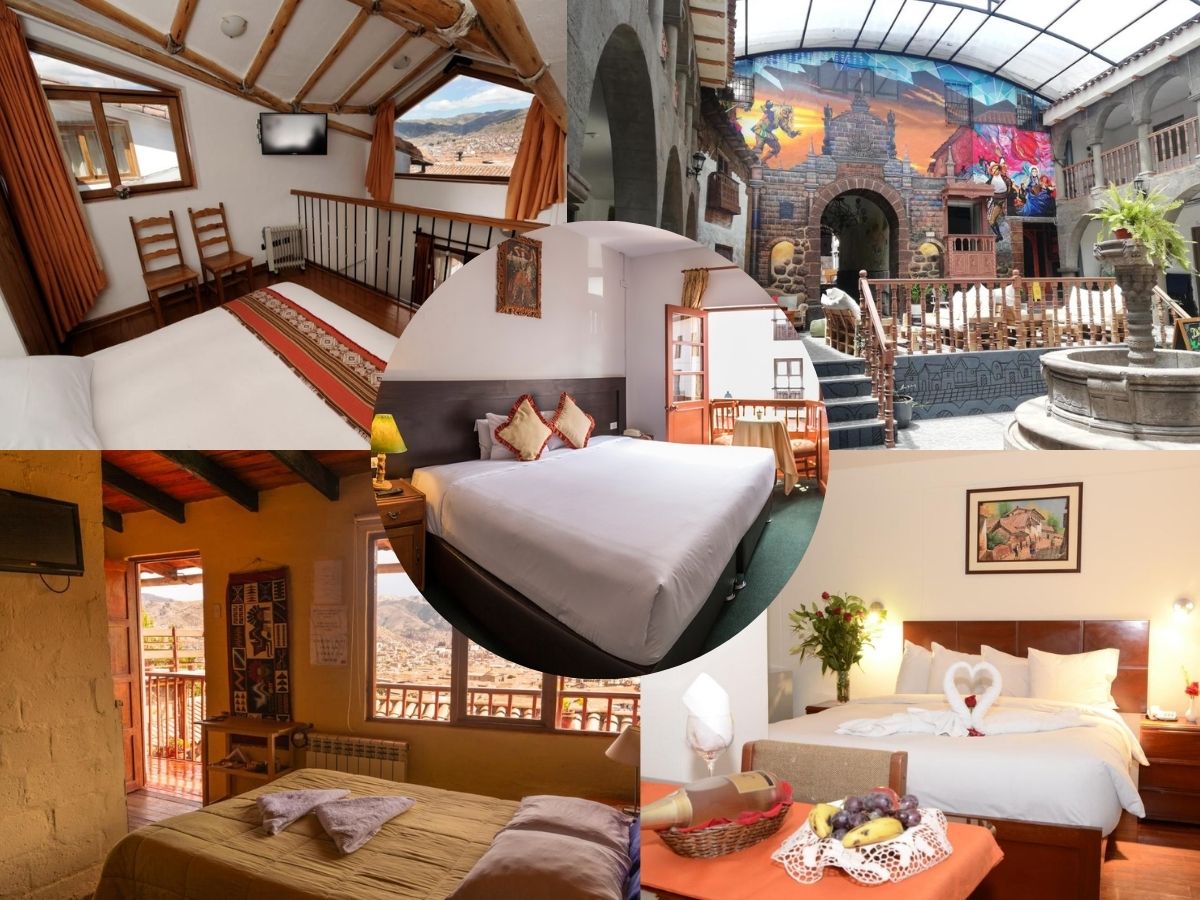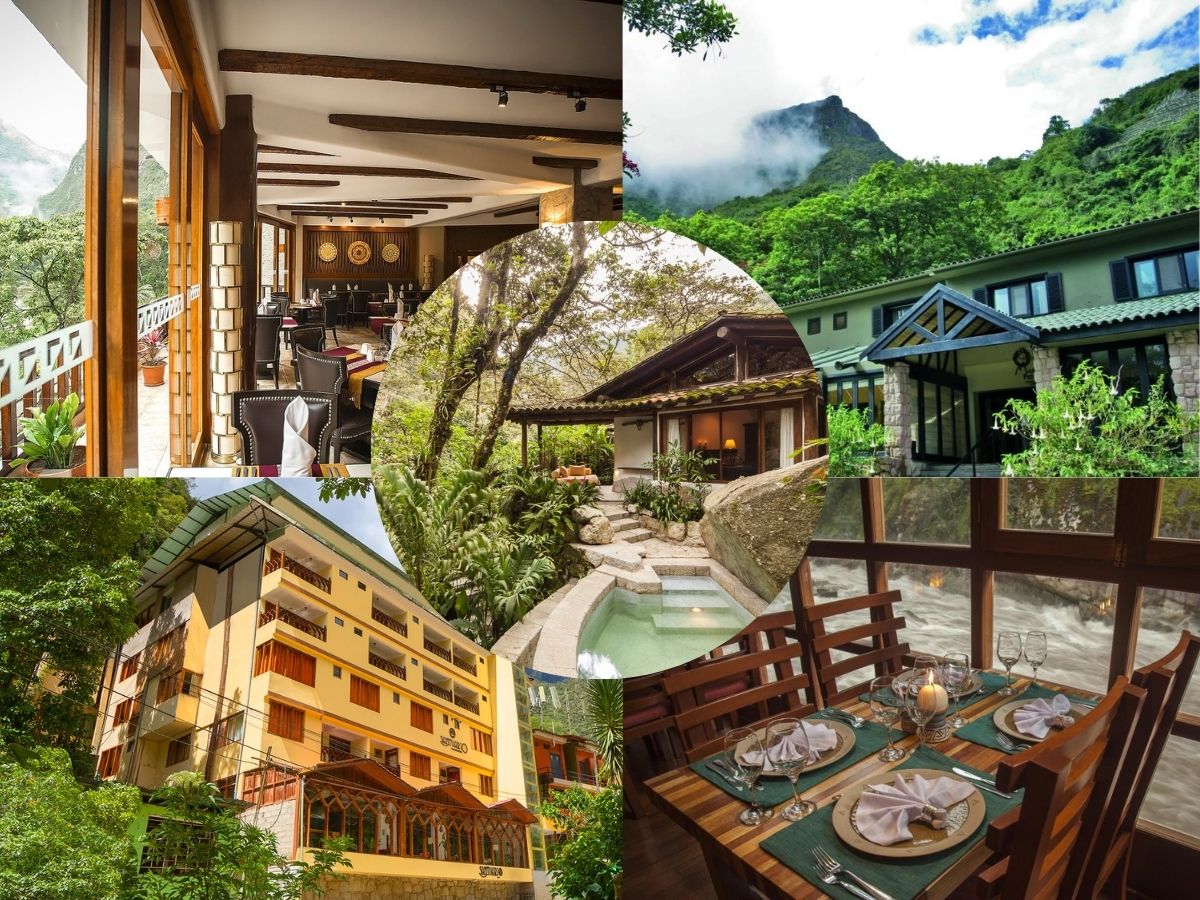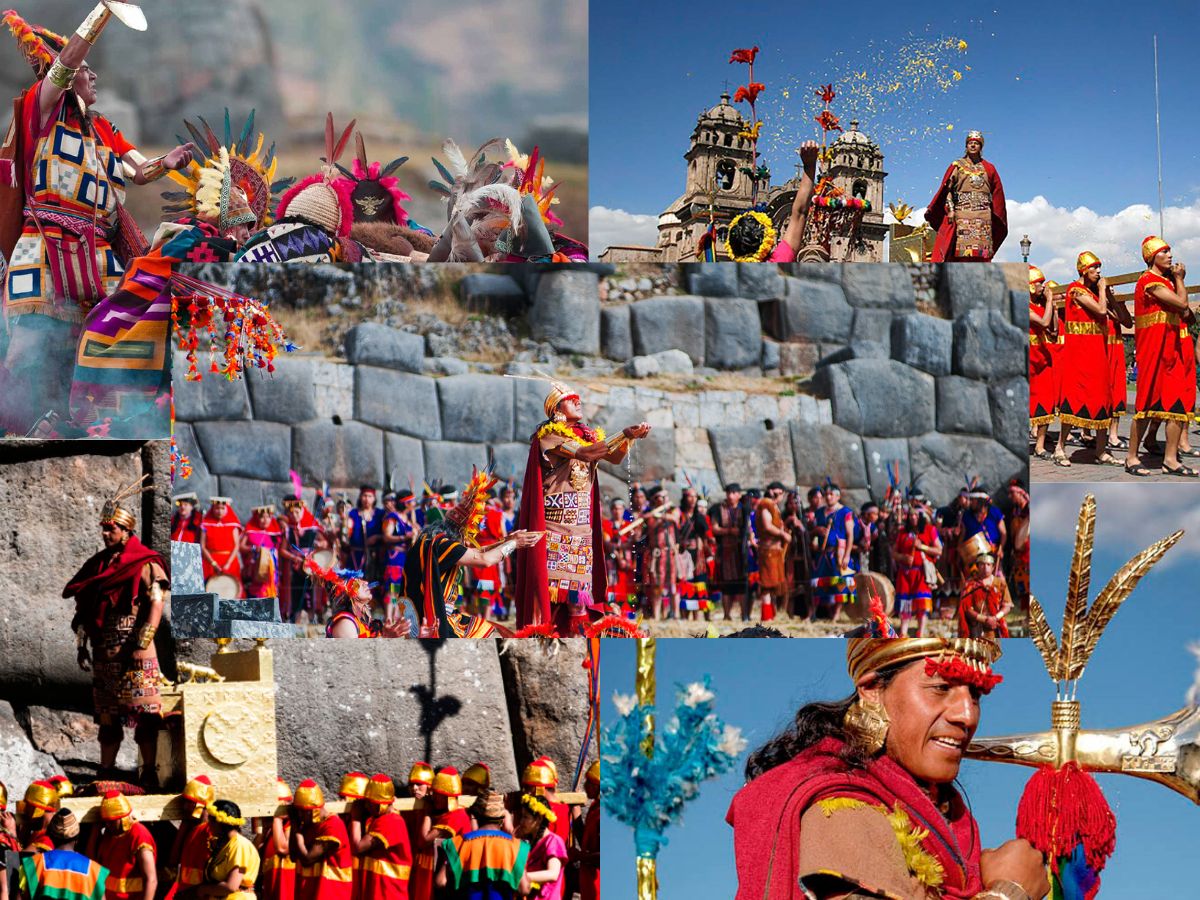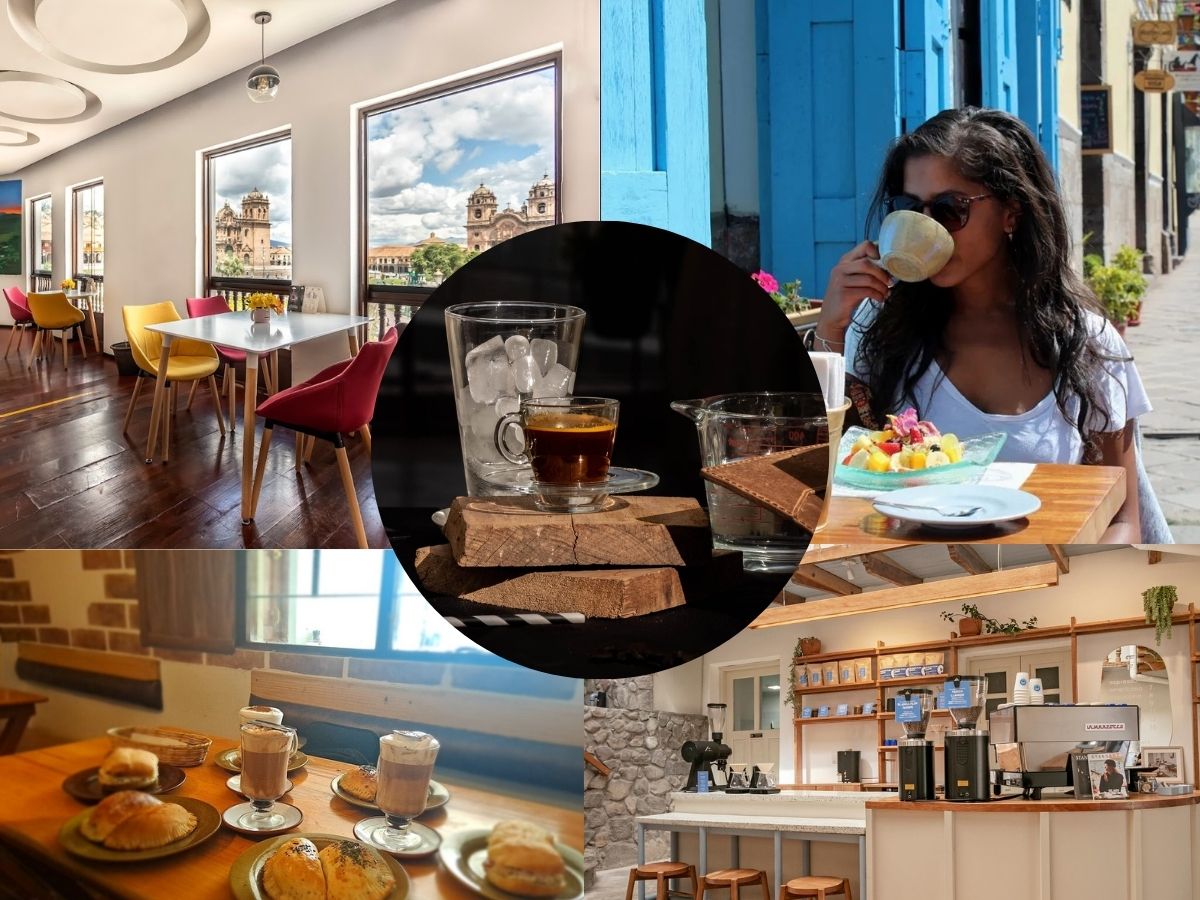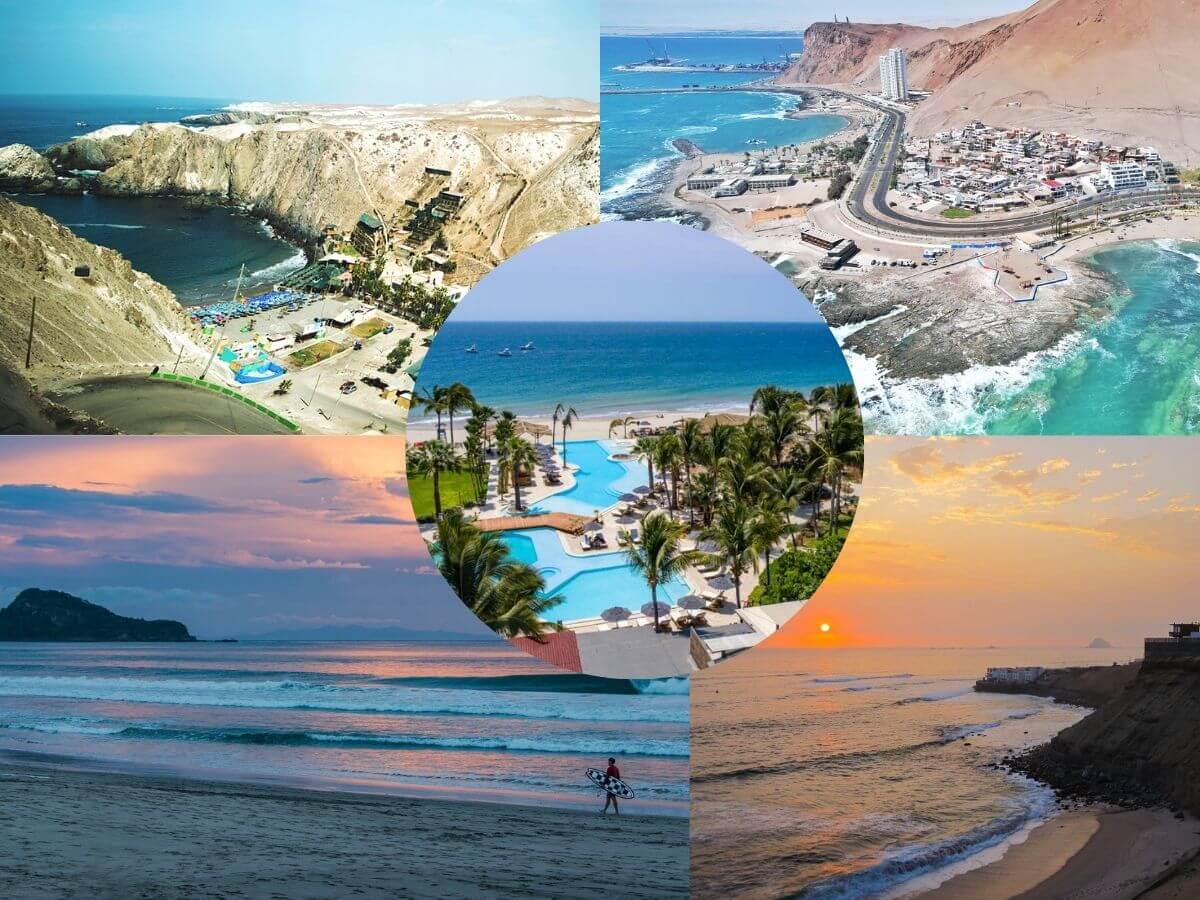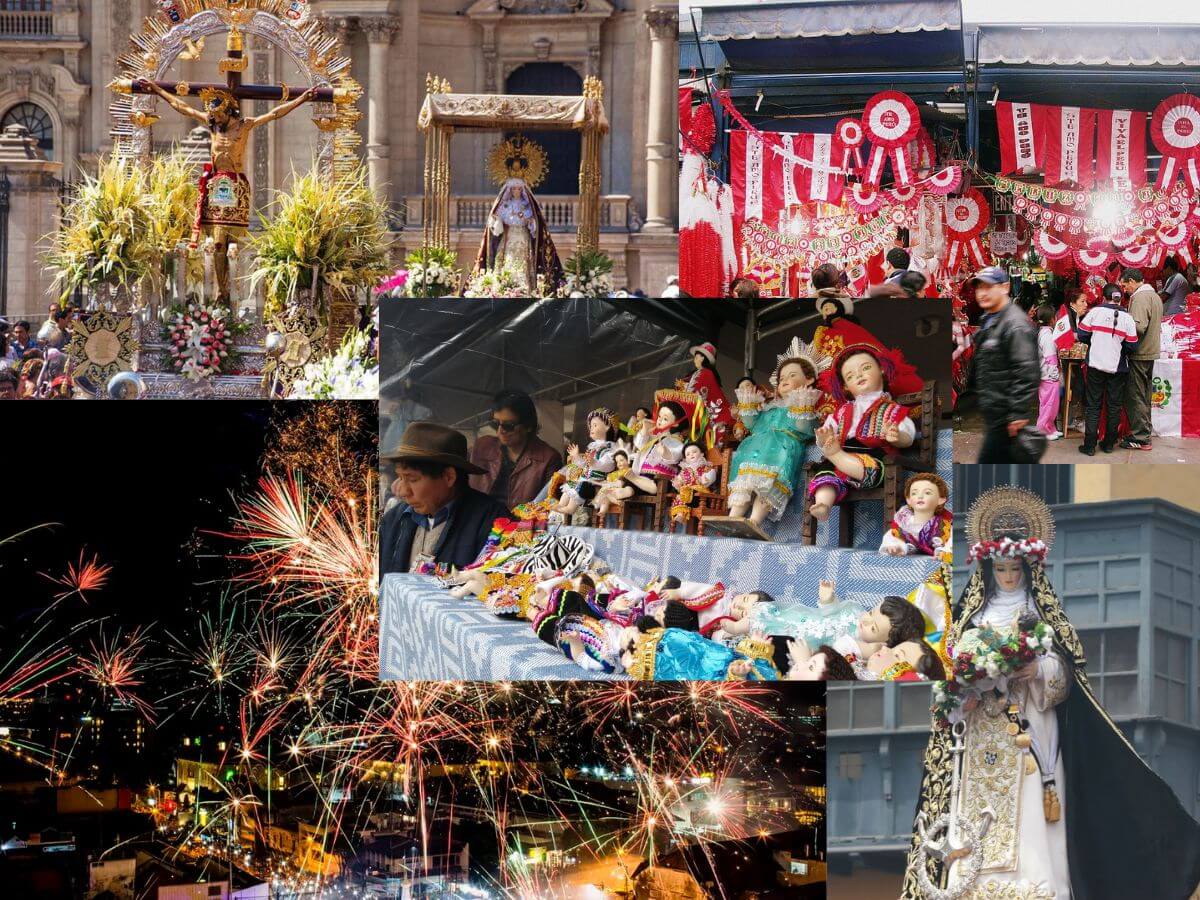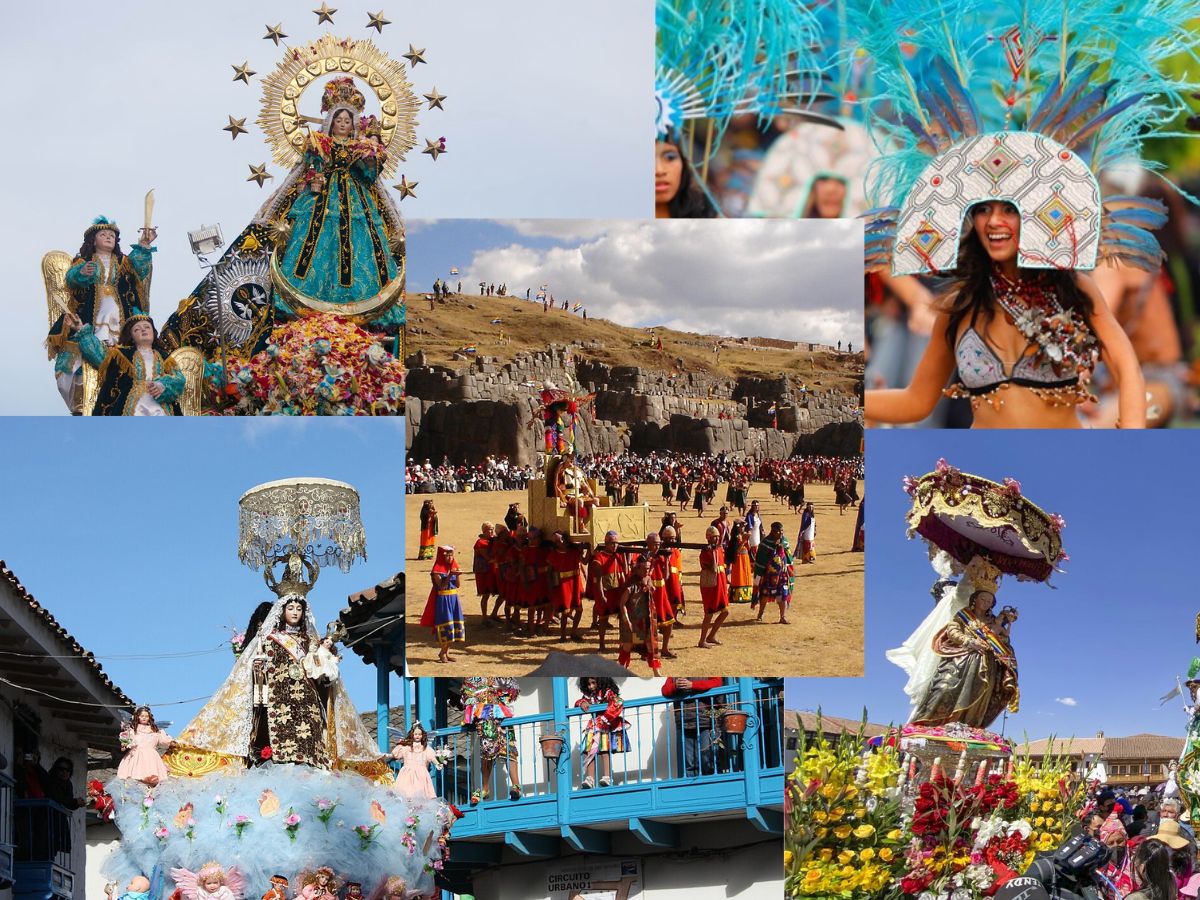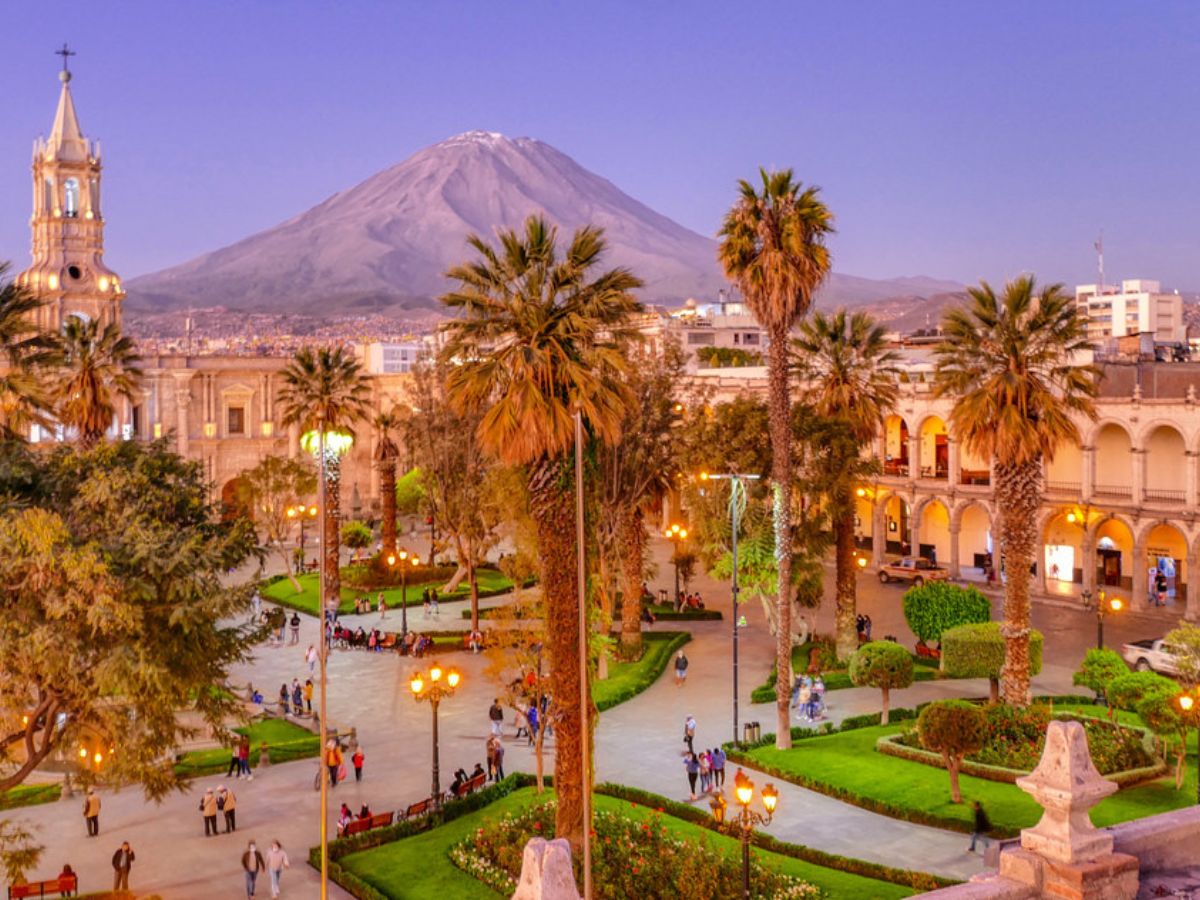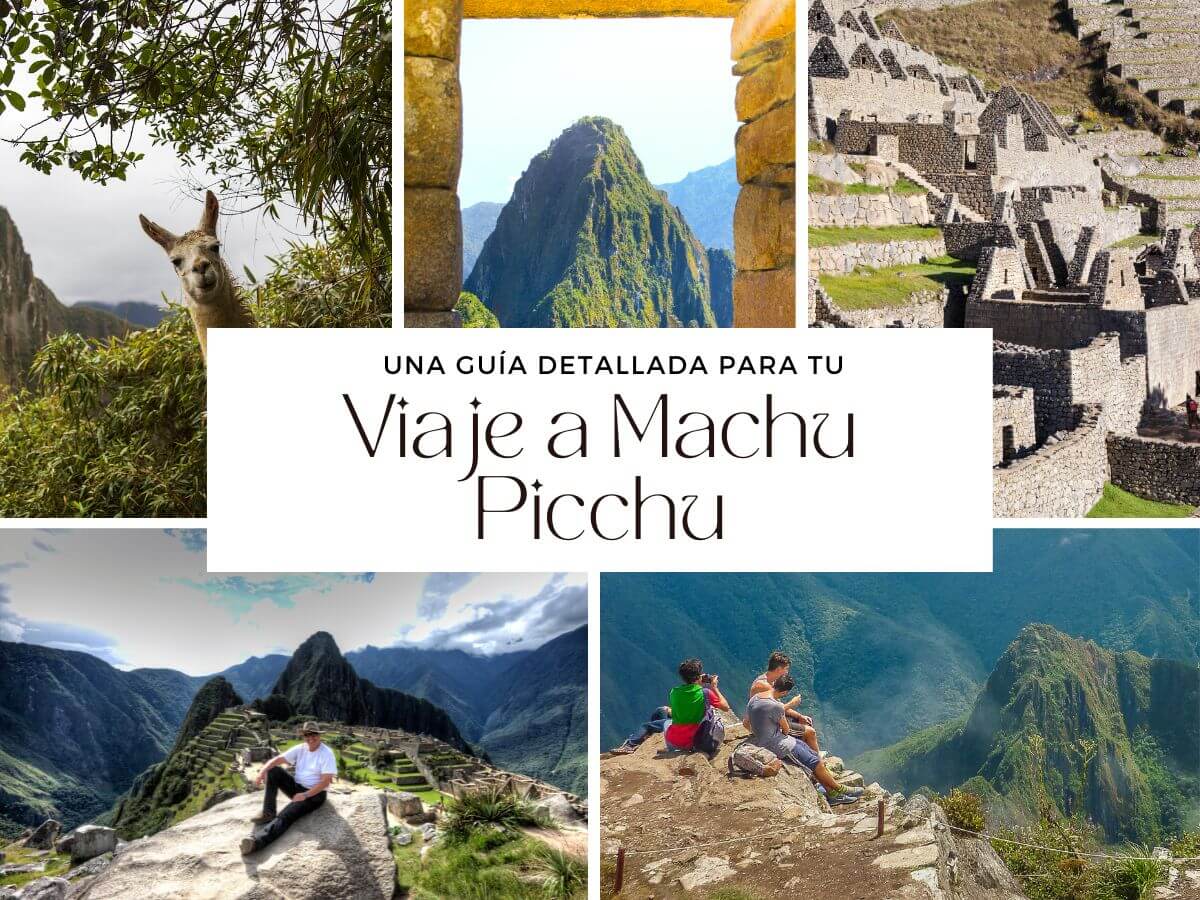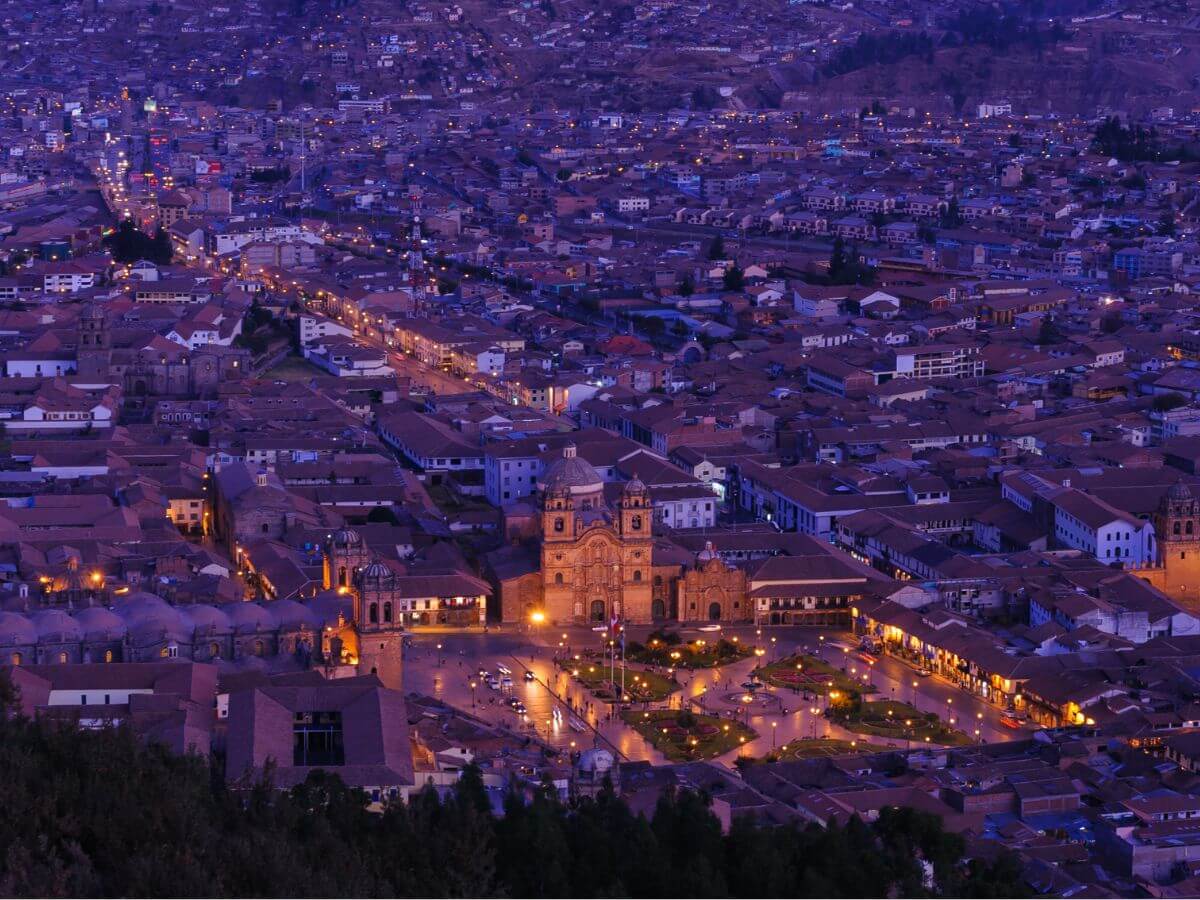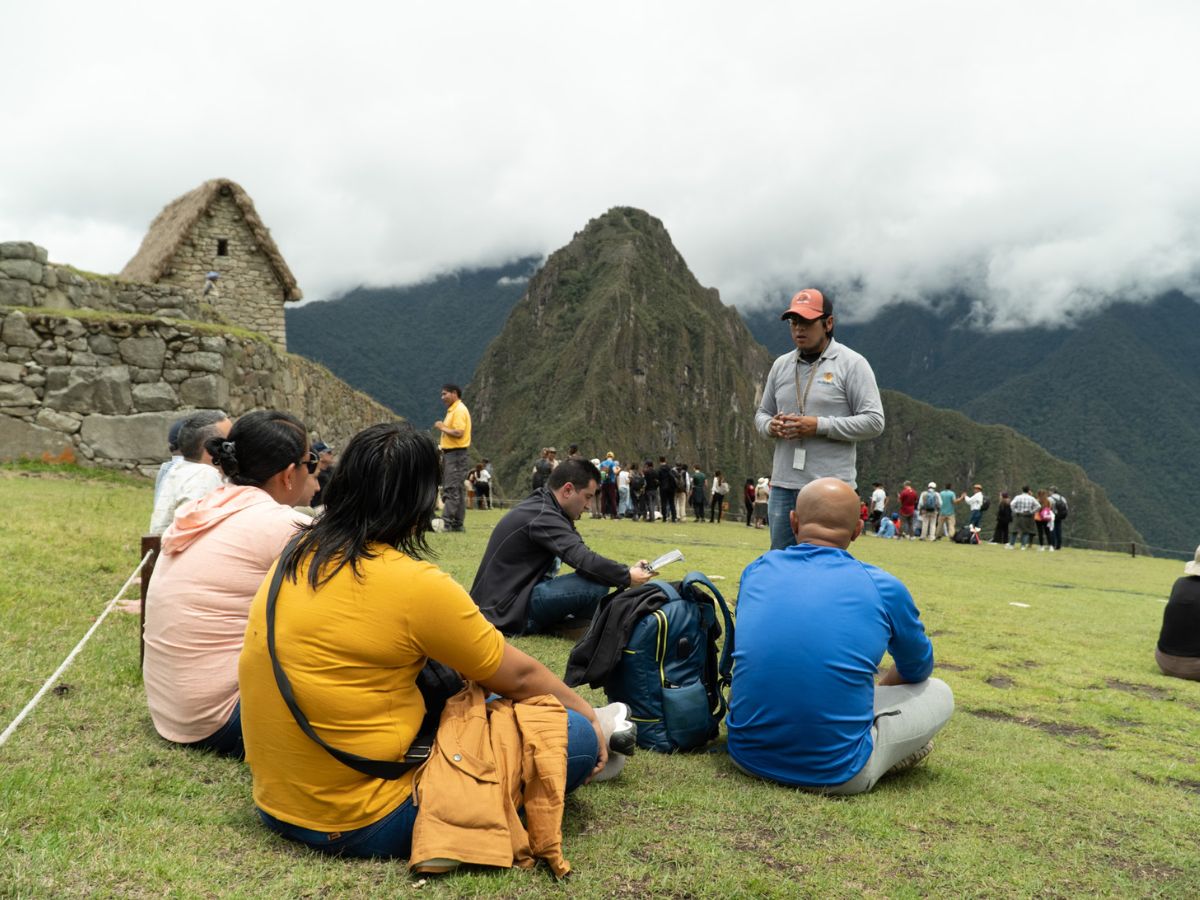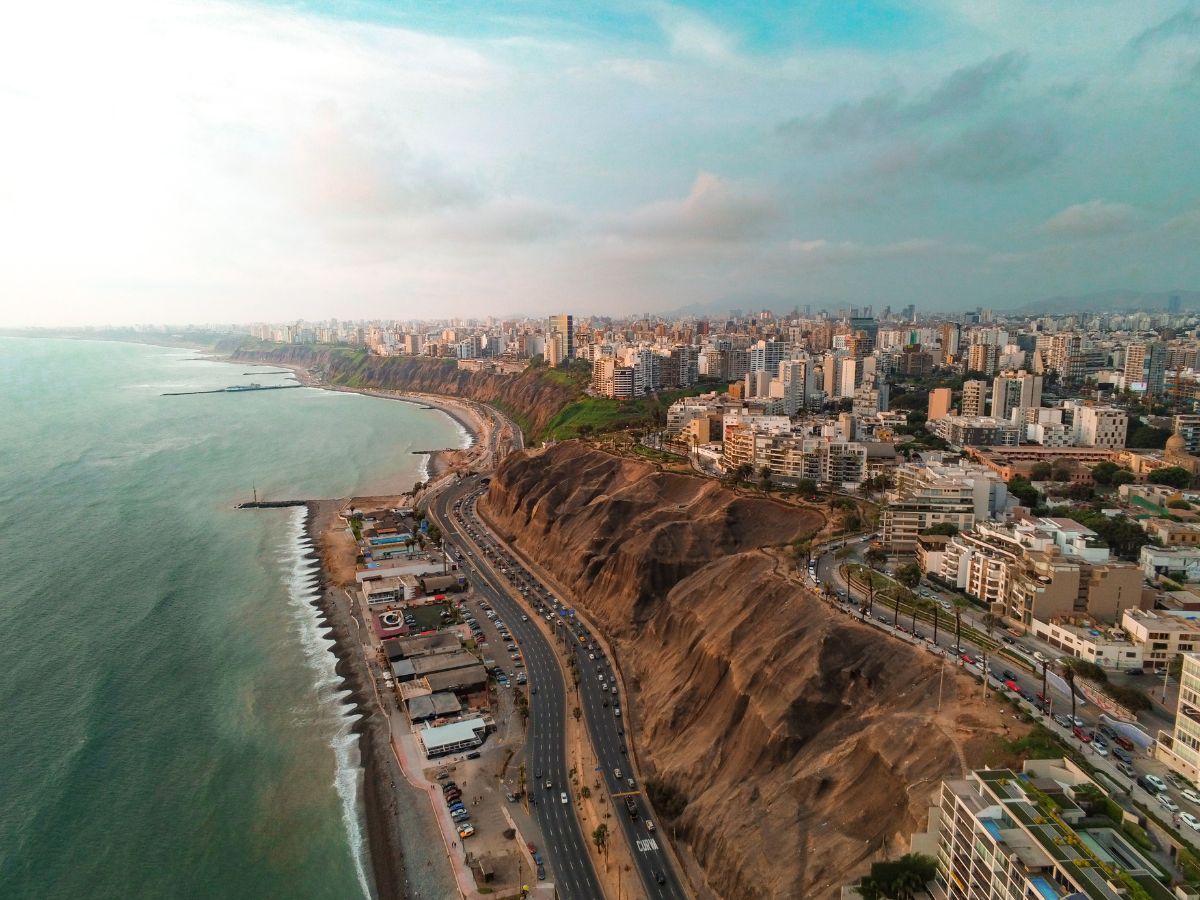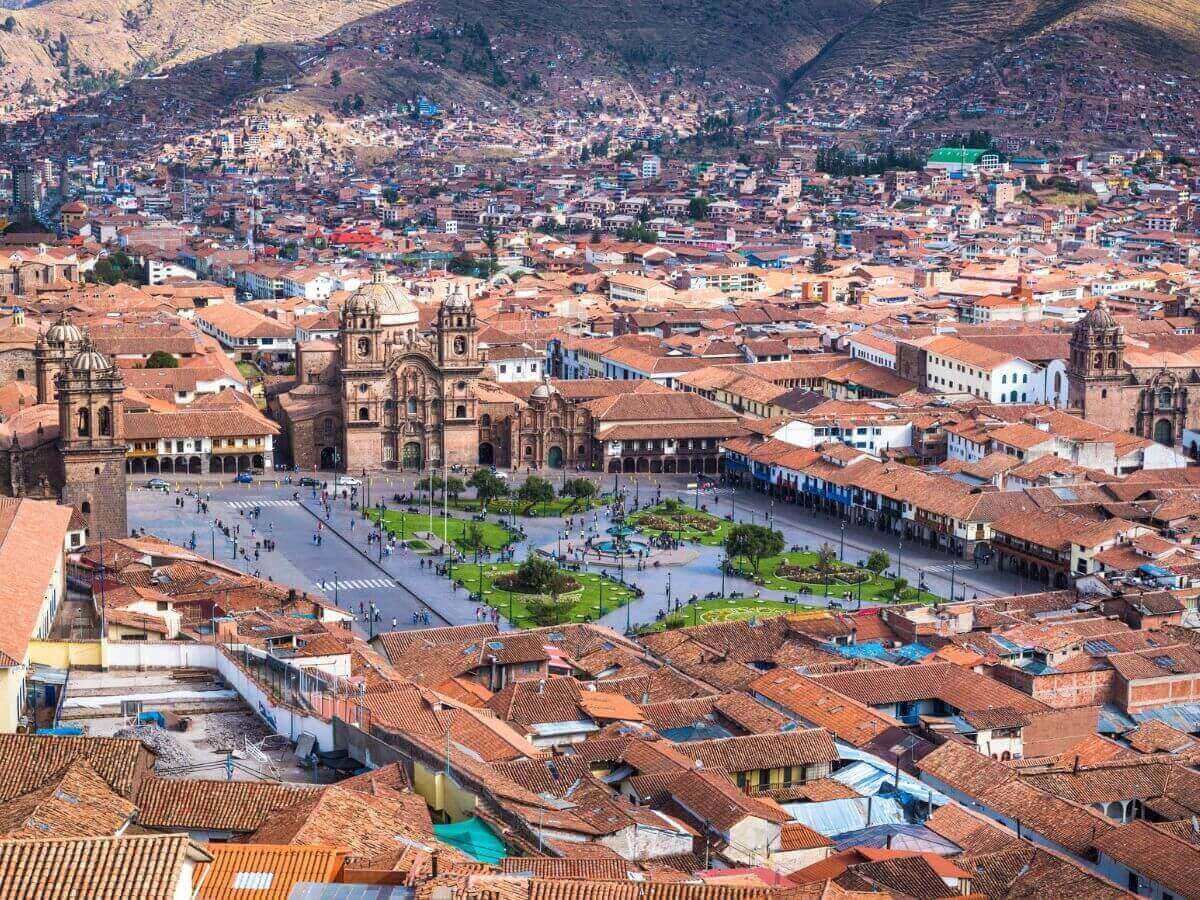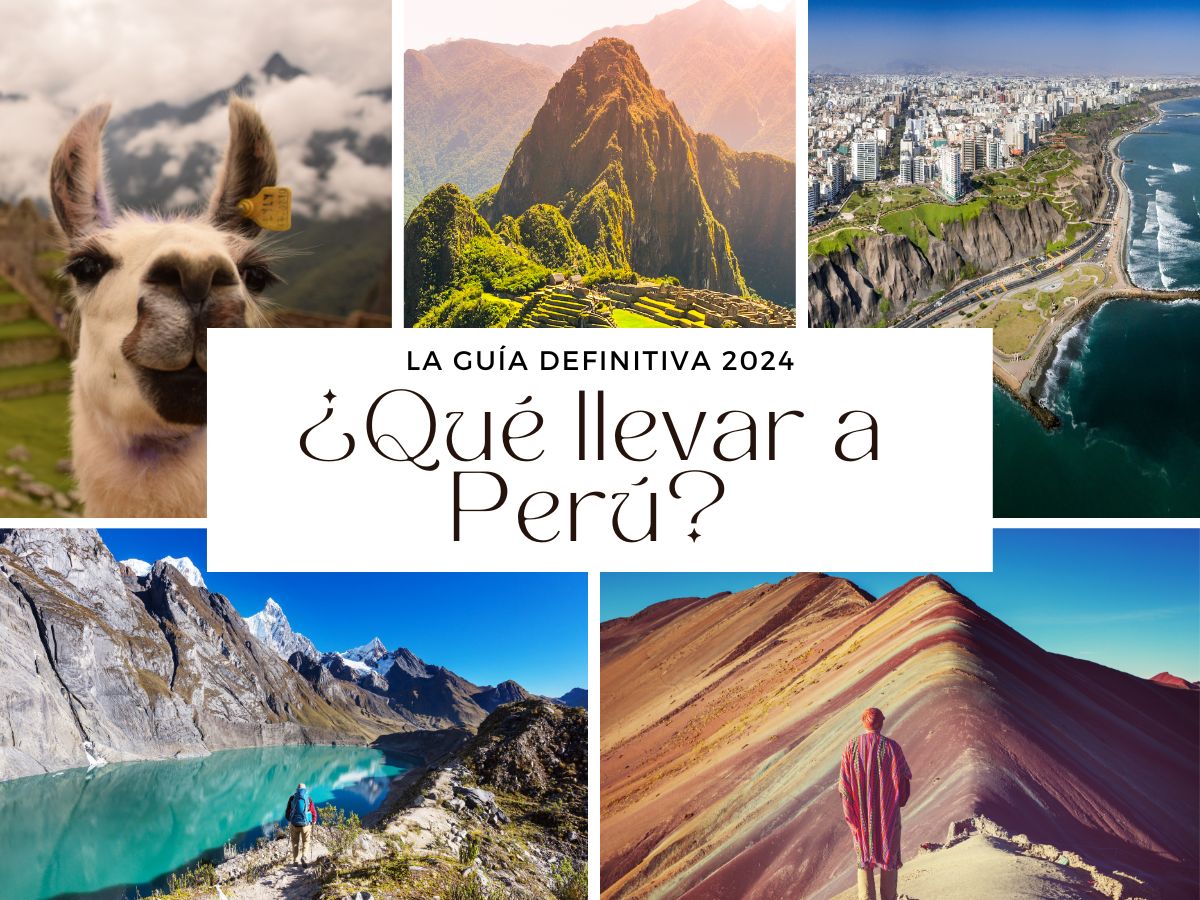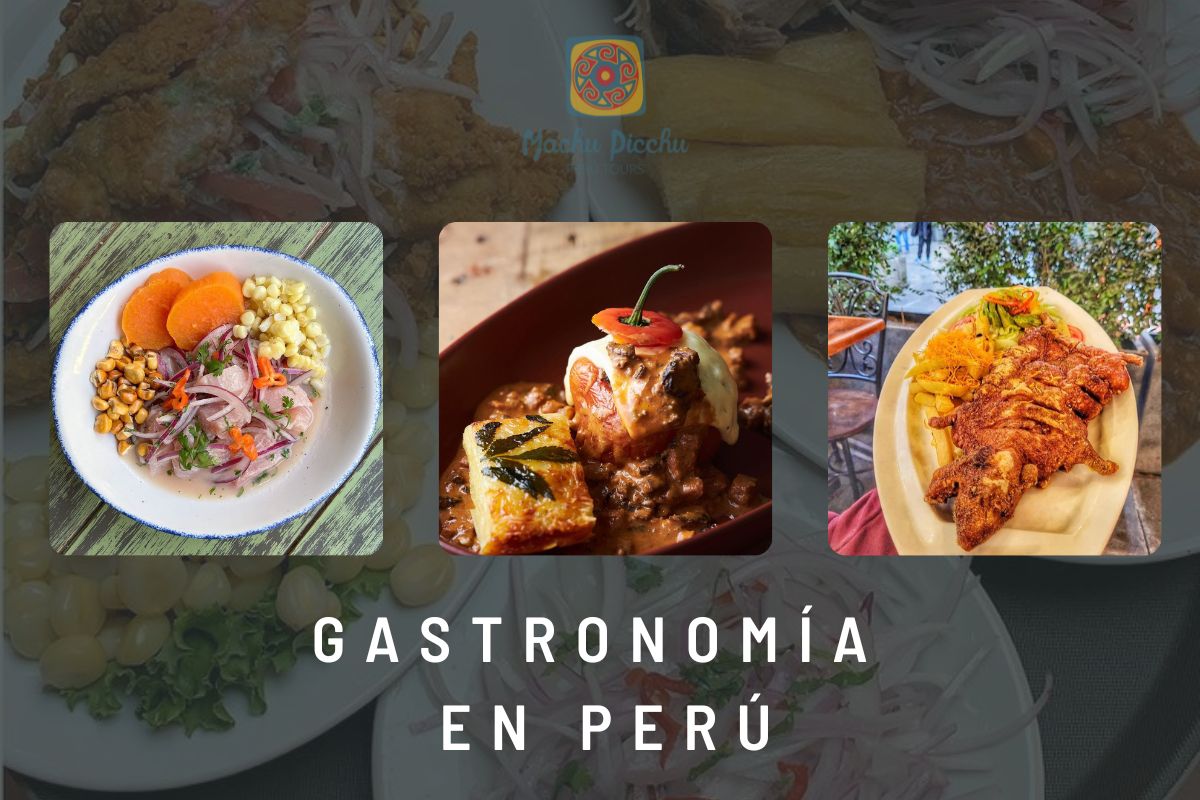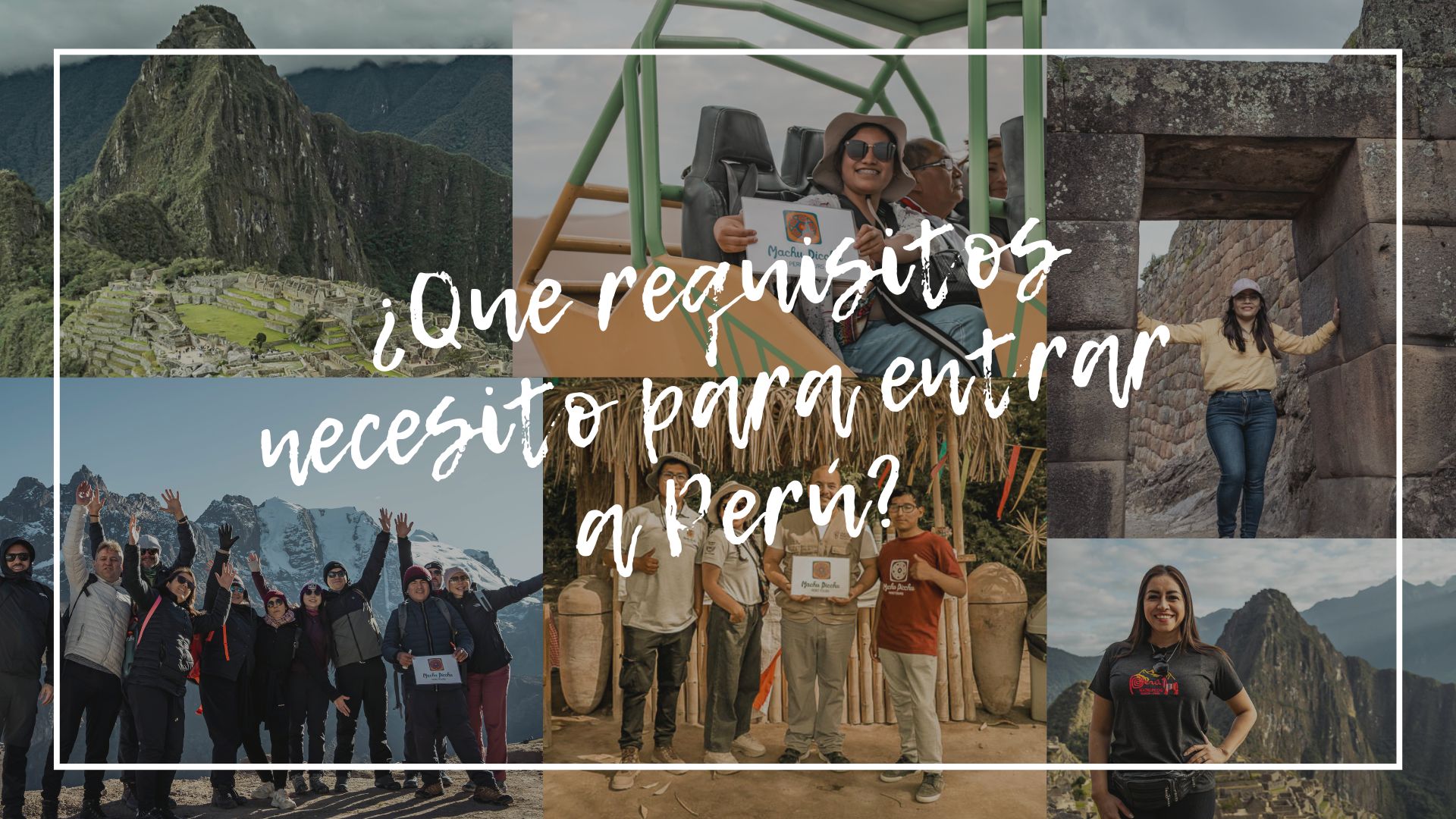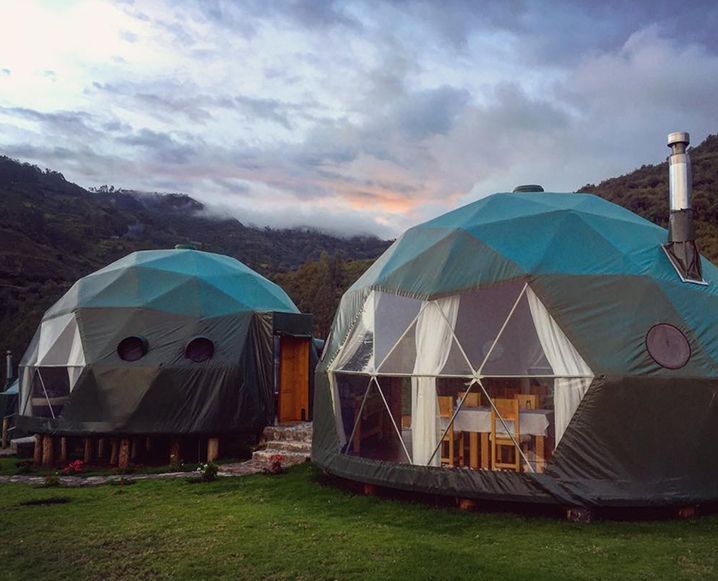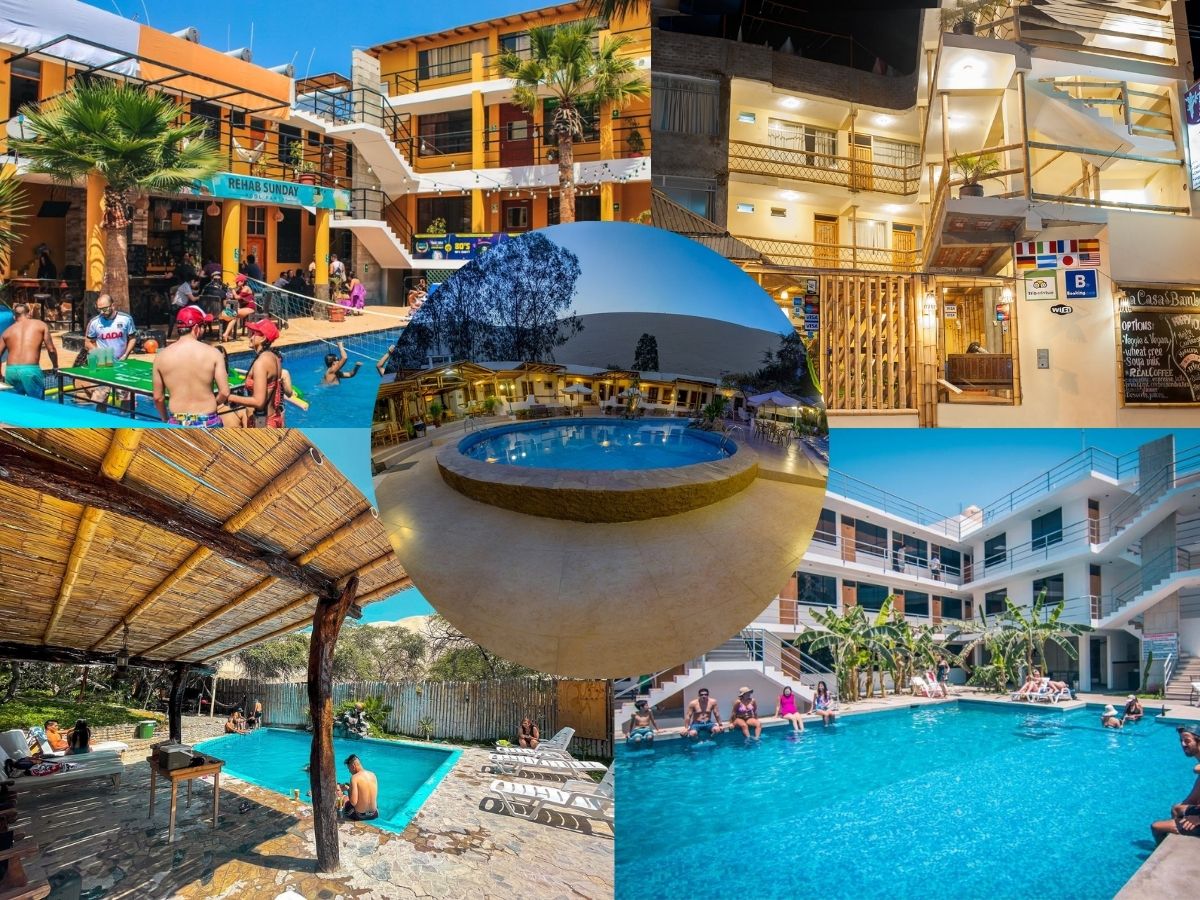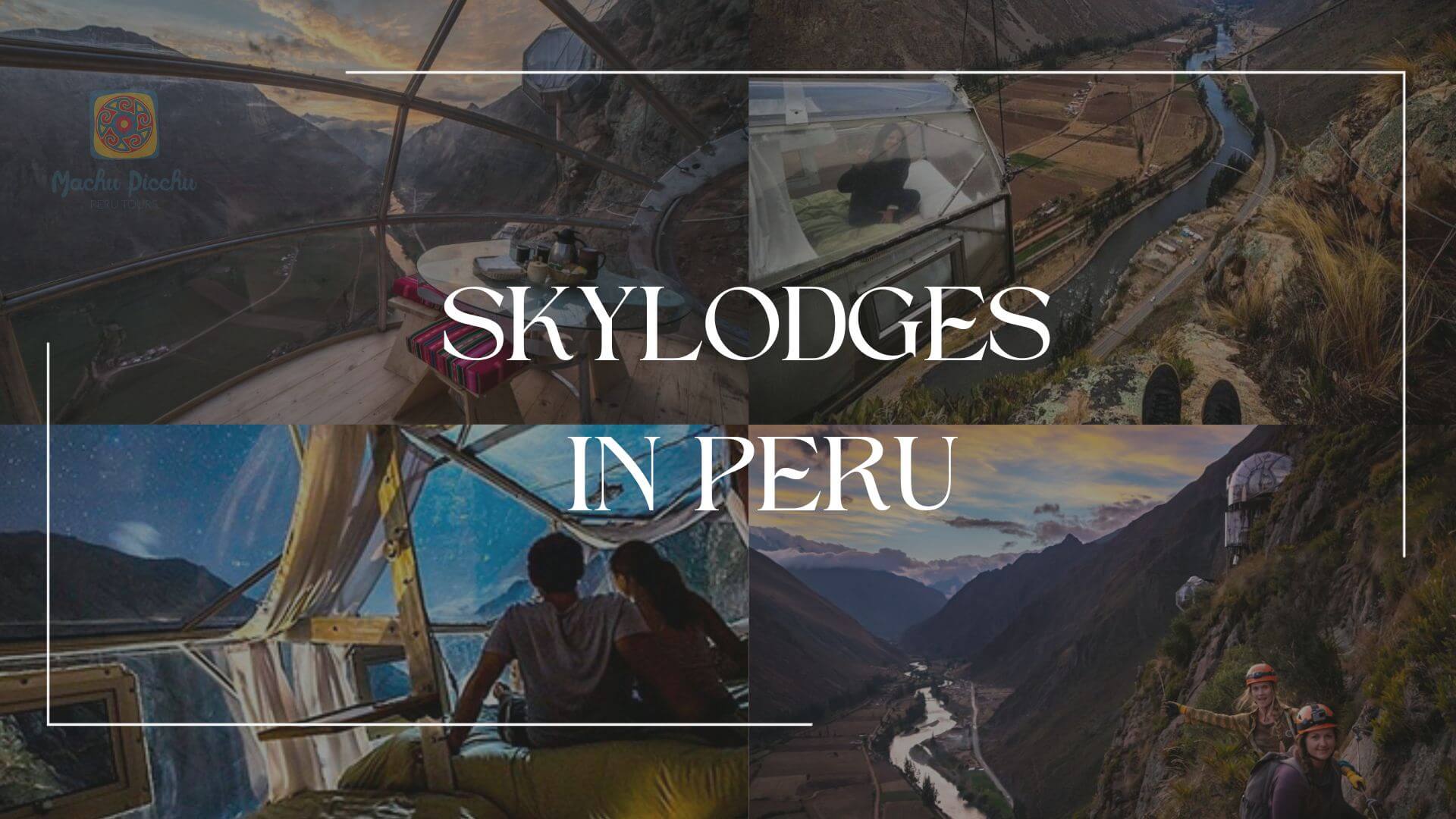Best Museums in Cusco
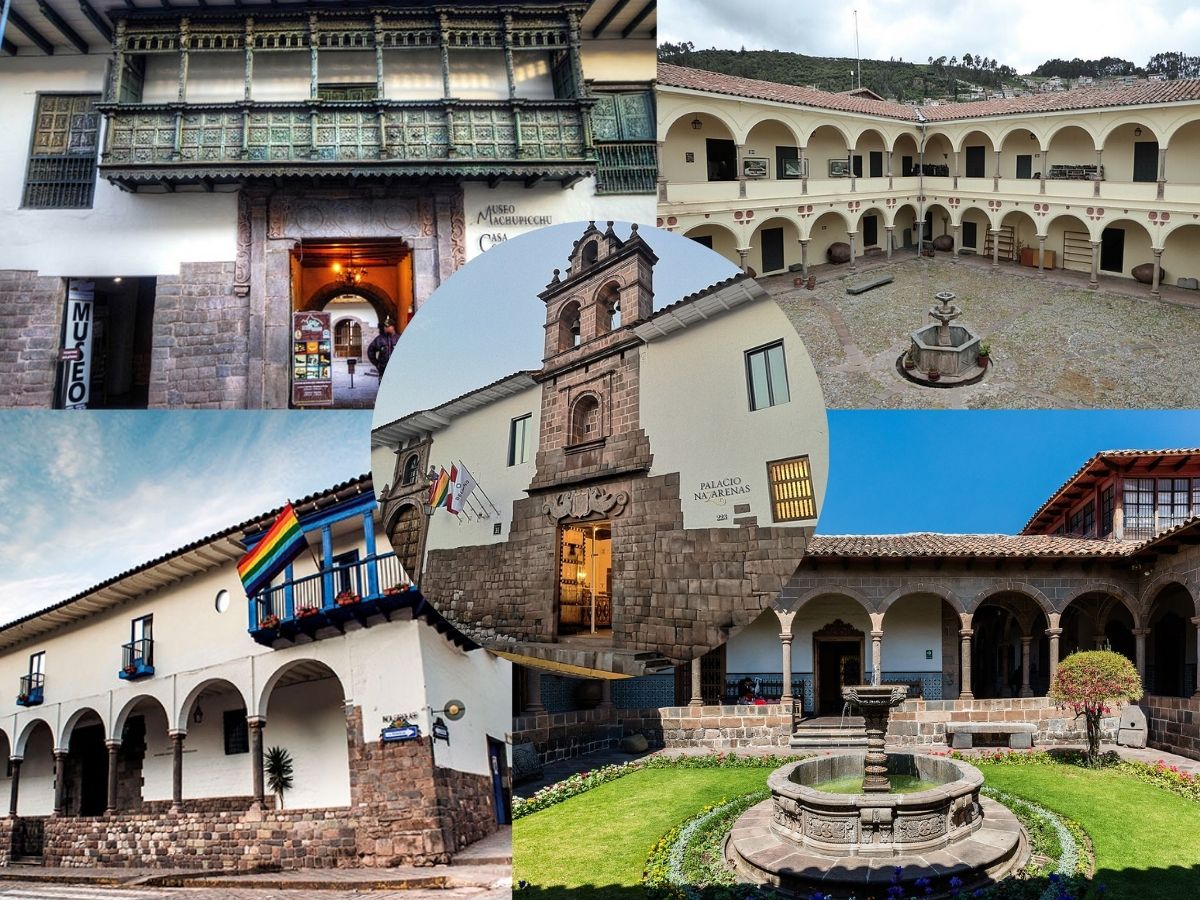
Undoubtedly, one of the main objectives of getting to know a city so rich in culture is for our thirst to learn more about the ancient capital of the Inca Empire, right?
So, we have compiled a list of the best museums in Cusco so you can leave recharged with knowledge. Here we present them to you.
The main museums in Cusco
Archbishop’s Palace or Museum of Religious Art
If we talk about museums in Cusco, this mansion is the best of all. It was built taking advantage of the walls and foundations of Hatun Rumiyoc, which was the palace of the panaca of Inca Roca. It belonged to the marquises of San Juan de Buenavista. It has a magnificent chapel with a gilded baroque altarpiece. It exhibits an important sample of Cusquenian paintings from the XVI to XVIII centuries. In its main wall (Hatun Rumiyoc Street), is the famous Inca stone of the twelve angles.
Location: Corner of Hatun Rumiyoc and Herrajes Streets.
Entrance Fee: 5 Peruvian soles (5 US dollars)
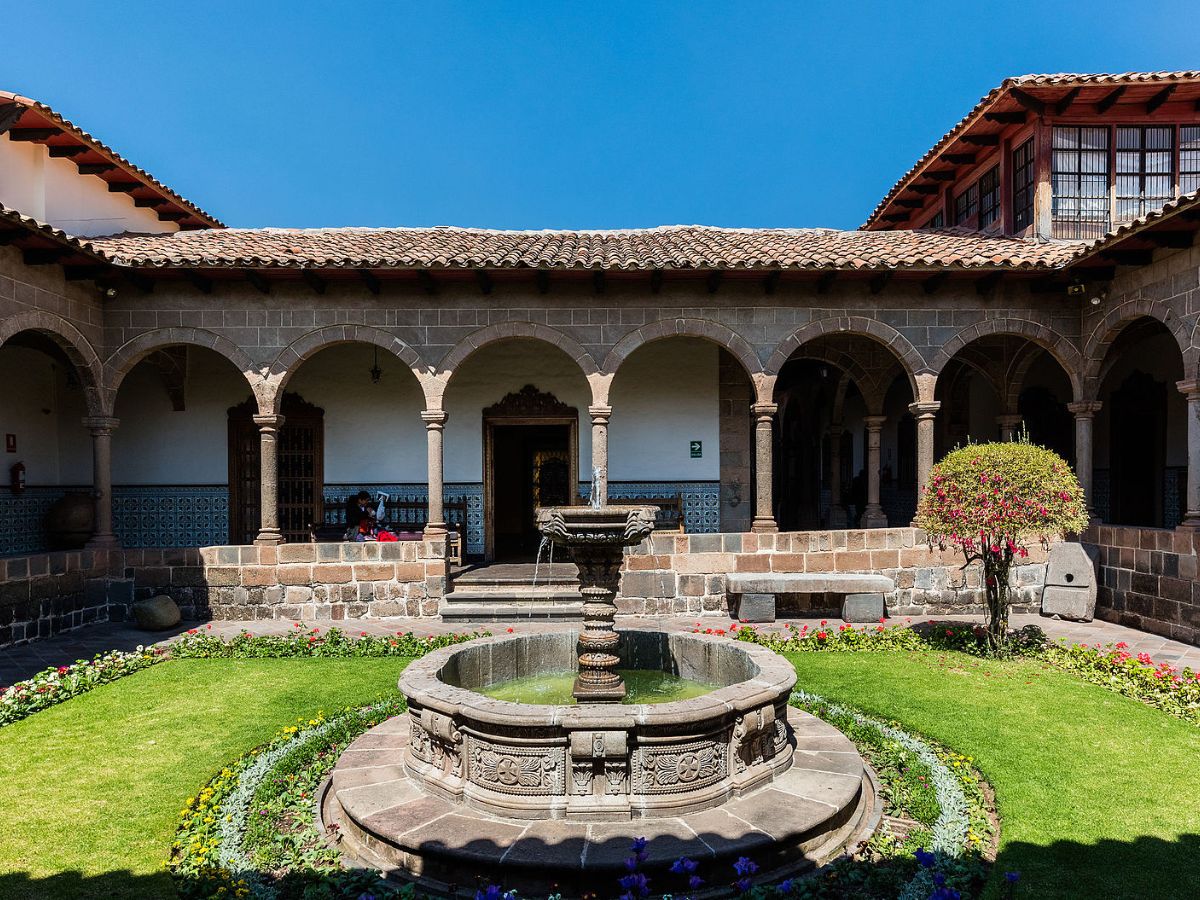
Garcilaso de la Vega House or Regional Historical Museum
It was built on the foundations of Huáscar’s palace. It belonged to the capital Sebastián Garcilaso de la Vega, father of the chronicler Garcilaso de la Vega, who in his Comentarios Reales de los Incas (1609) refers to his childhood days there. It has a large and didactic collection of pre-Hispanic and colonial art. One of the best museums in Cusco.
Location: Heladeros and Garcilaso St.
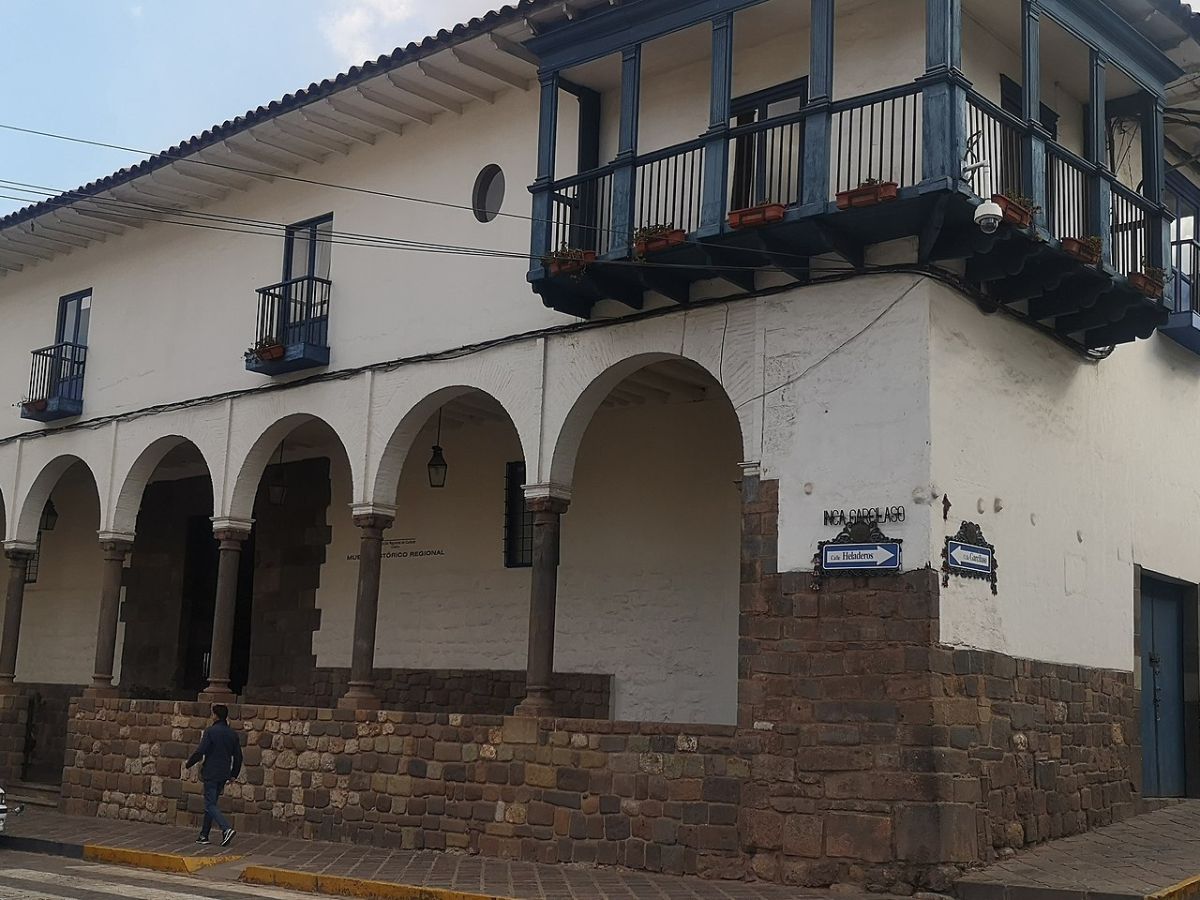
Museum of Santa Catalina
It has a splendid collection of baroque altarpieces, canvases of the Cusco school (including paintings by Diego Quispe Tito, Juan Espinoza de los Monteros and Lorenzo Sanchez Medina), regional colonial tapestries and a rich collection of gold and silver work.
Location: Santa Catalina Angosta S/N
Entrance fee: 8 soles or 3 USD per person | Students 4 soles or 1.50 USD.
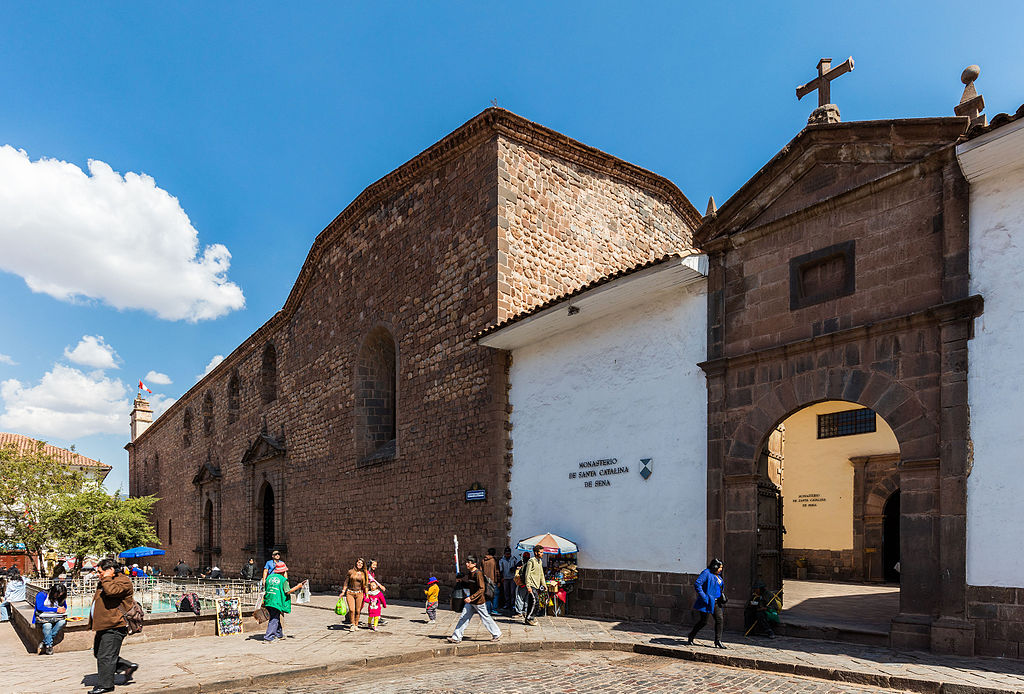
Inca Museum or Admiral’s House
One of the most remarkable museums in Cusco. It was built using Inca stonework by the lieutenant of corregidor Francisco Aldrete Maldonado, called the Admiral, in the early s. XVII. It has the coat of arms of its reconstructors, who added the attractive plateresque façade that today shows, as well as its large courtyard of arches and coffered halls. It gathers a vast collection of keros (carved wooden ceremonial vessels), textiles, mummies and idolillos in solid gold and silver, weapons, tools, and Inca ceramics.
Location: Cuesta del Almirante 153
Entrance fee: National tourists pay 5 soles | Foreigners 10 soles.
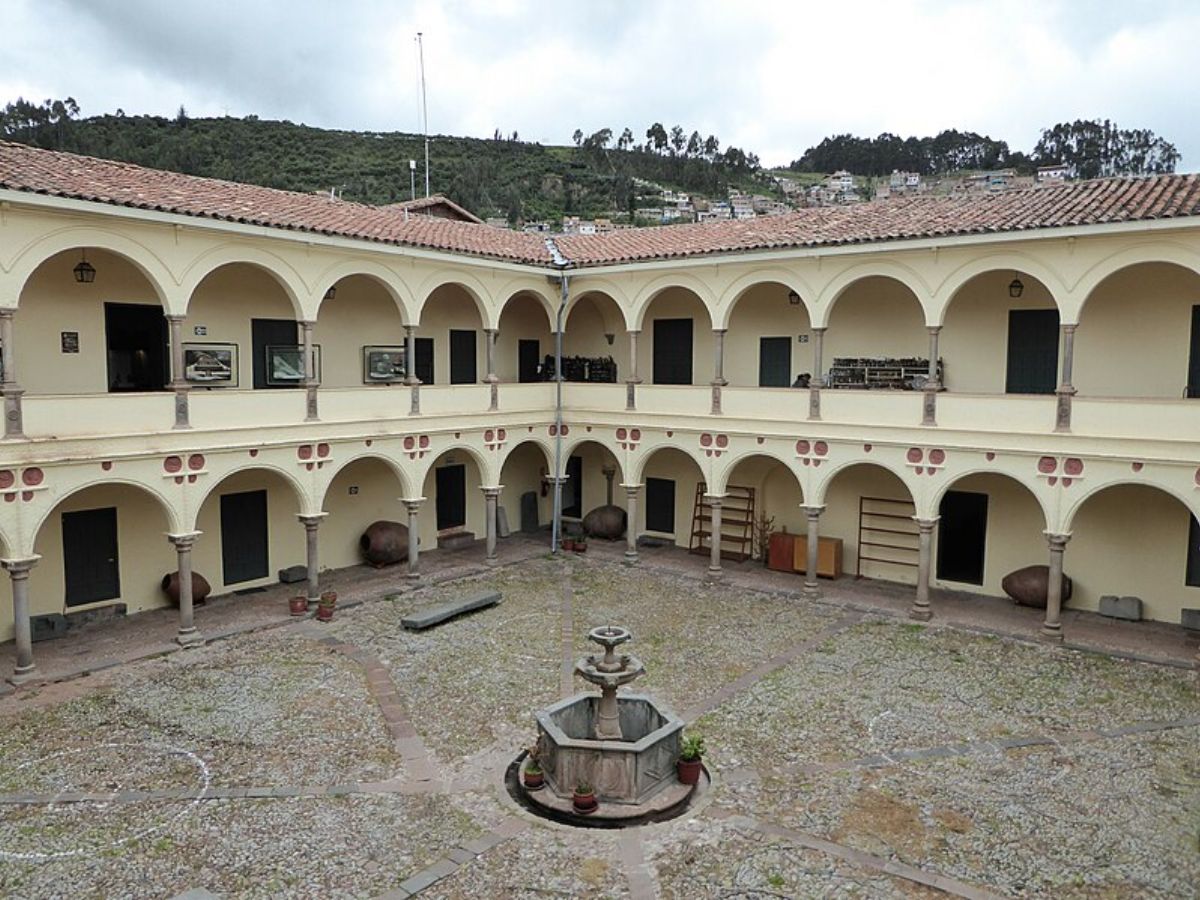
House of the Snakes
We continue talking about museums in Cusco and it is our turn to talk about the house of snakes. Its name honors the numerous snakes carved on its stone facade. It is a good example of the transitional architectural style, created by the Inca builders under the colonial yoke. Originally this site belonged to the conquistador Mancio Sierra de Leguízamo, famous for having lost the gigantic golden disk of the Qoricancha in a dice game the same night it was given to him.
Location: Plaza Nazarenas 231
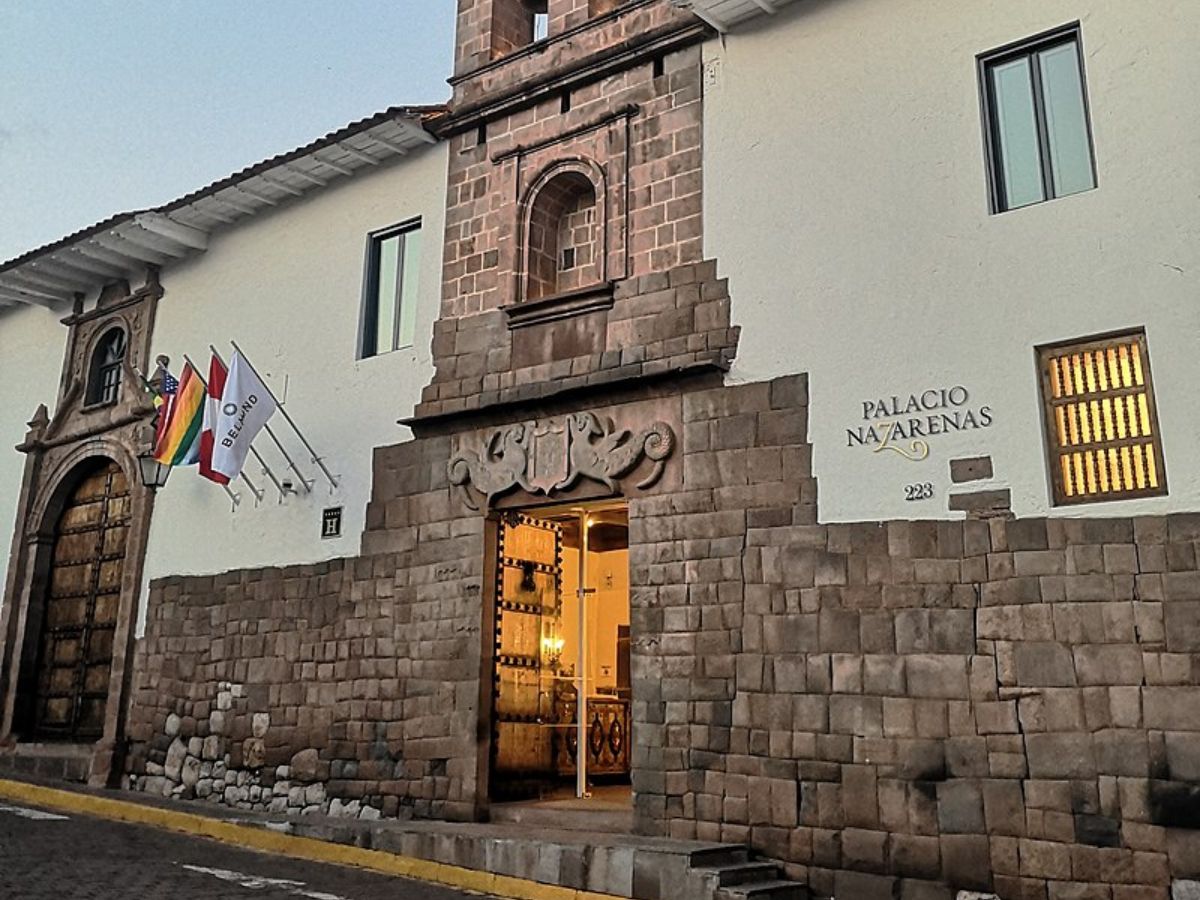
Concha House
Notable for its picturesque balconies, it was the residence of José de Santiago Concha, a notable aristocrat during the early days of the conquest. One of his descendants, Martin Pio Concha, was the last governor of Spanish Cusco in the 19th century. Currently, the building belongs to the University of Cusco.
Location: Santa Catalina Ancha
Entrance fee: National tourists and foreigners 10 soles.
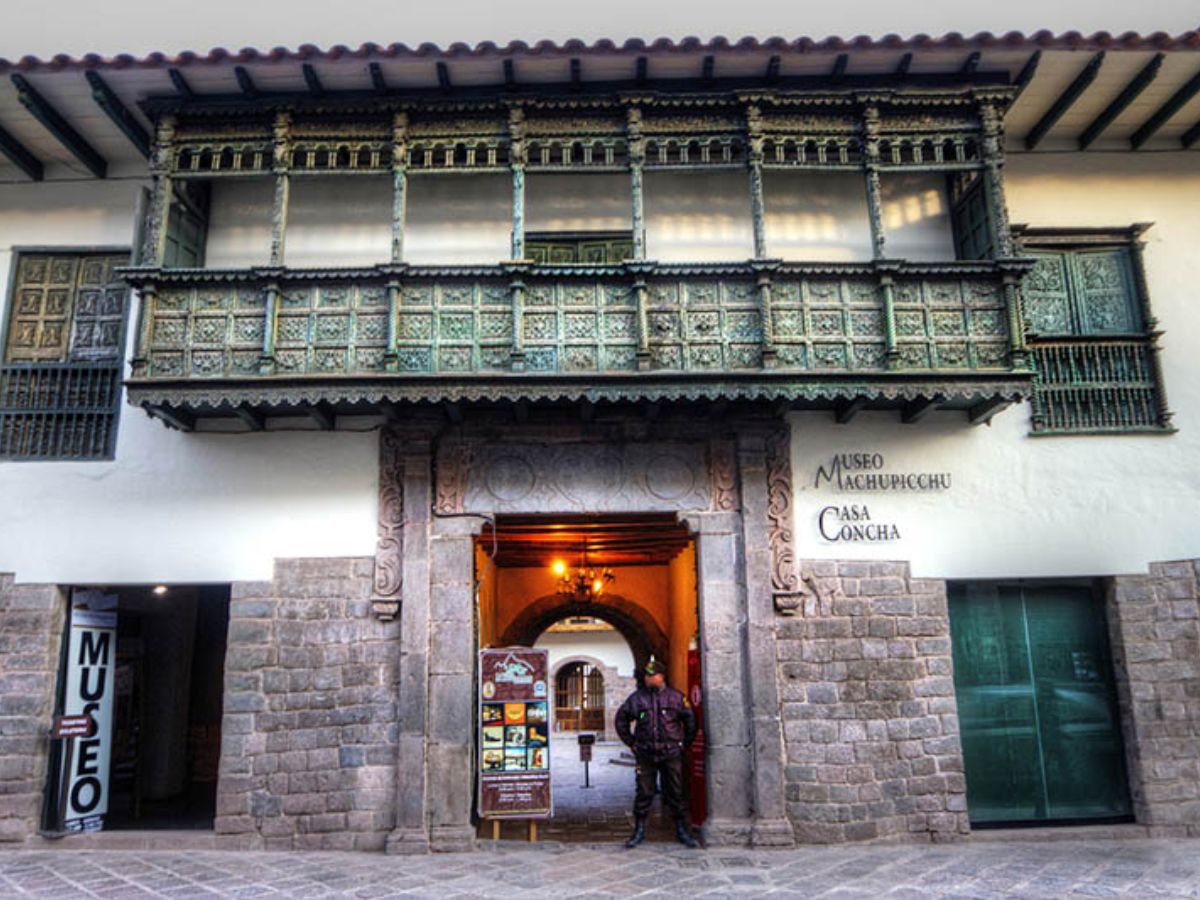
Museum of Pre-Columbian Art
Located in the Plaza de las Nazarenas, also in the center of Cusco, this museum in Cusco converges the Inca architecture with the traditional balconies of republican origin facing the inner cloisters.
In the precinct, you will be able to observe a great collection of ceramics, gold, and jewelry of ancient cultures of Peru; its rooms will allow you to know more than three thousand years of archaeological wealth of this country since they have pieces of the Nasca, Mochica, Chimú, and Chancay cultures. The works of the Pre-Columbian Art Museum come mainly from the Larco Museum in Lima. The opening hours are from Monday to Sunday from 9:00 am to 10:00 pm.
Location: Plaza de las Nazarenas.
Cost of Entrance: 20 soles or 7 USD per person | Foreign students 10 soles
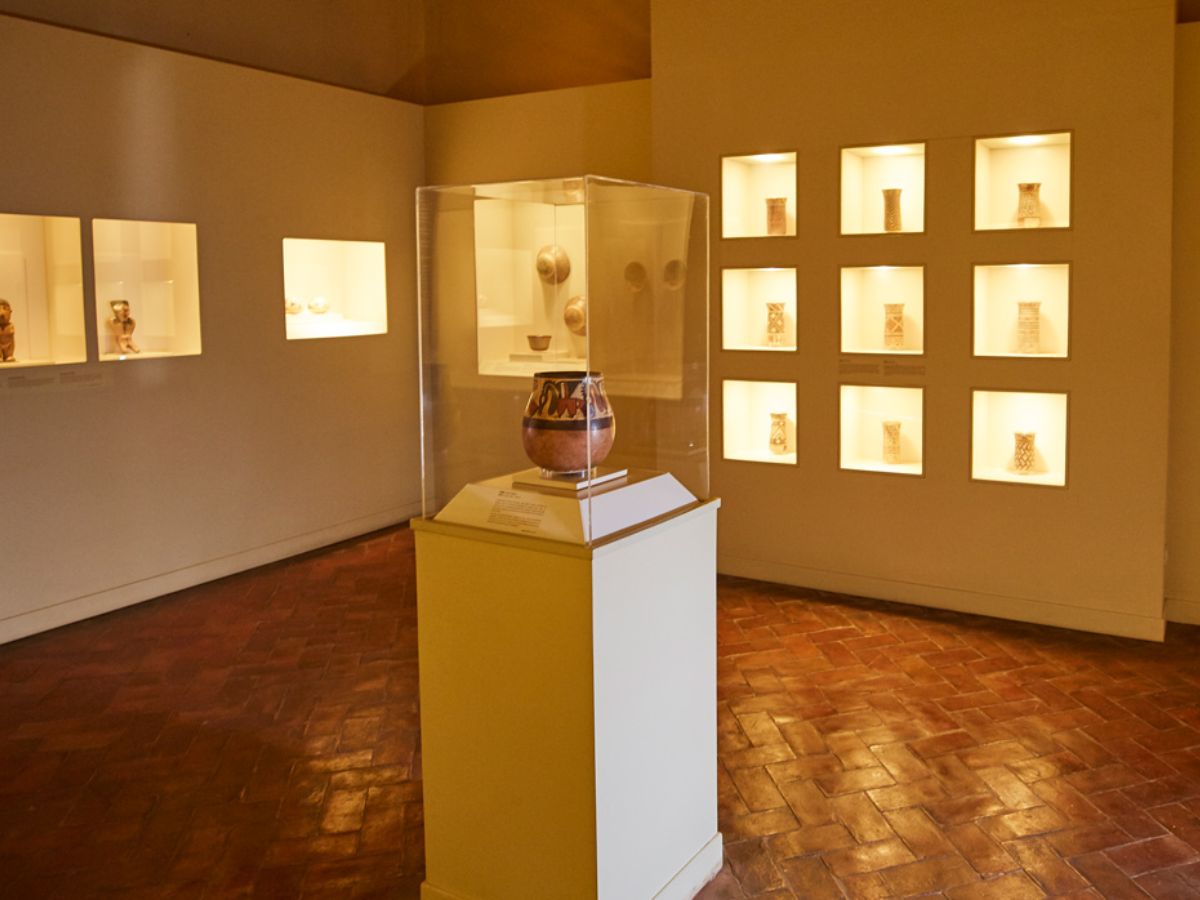
Qoricancha Museum
According to the Inca conception, the Coricancha was considered a religious center of Cusco, as well as geographic and political. This was the place where they paid homage to the Inca gods. Its name derives from the words: Qori: gold and Kancha: place bounded by walls, so the Castilianized form of both would be a place where gold is enclosed.
This museum in Cusco was the main sanctuary of the Incas. It was built during the reign of Pachacutec (1471-1493) and according to historians was one of the buildings that most impressed the Spanish conquerors for its beauty and fineness.
Location: Avenida el Sol with Santo Domingo Street.
Entrance fee: 15 soles or 5 USD per person.
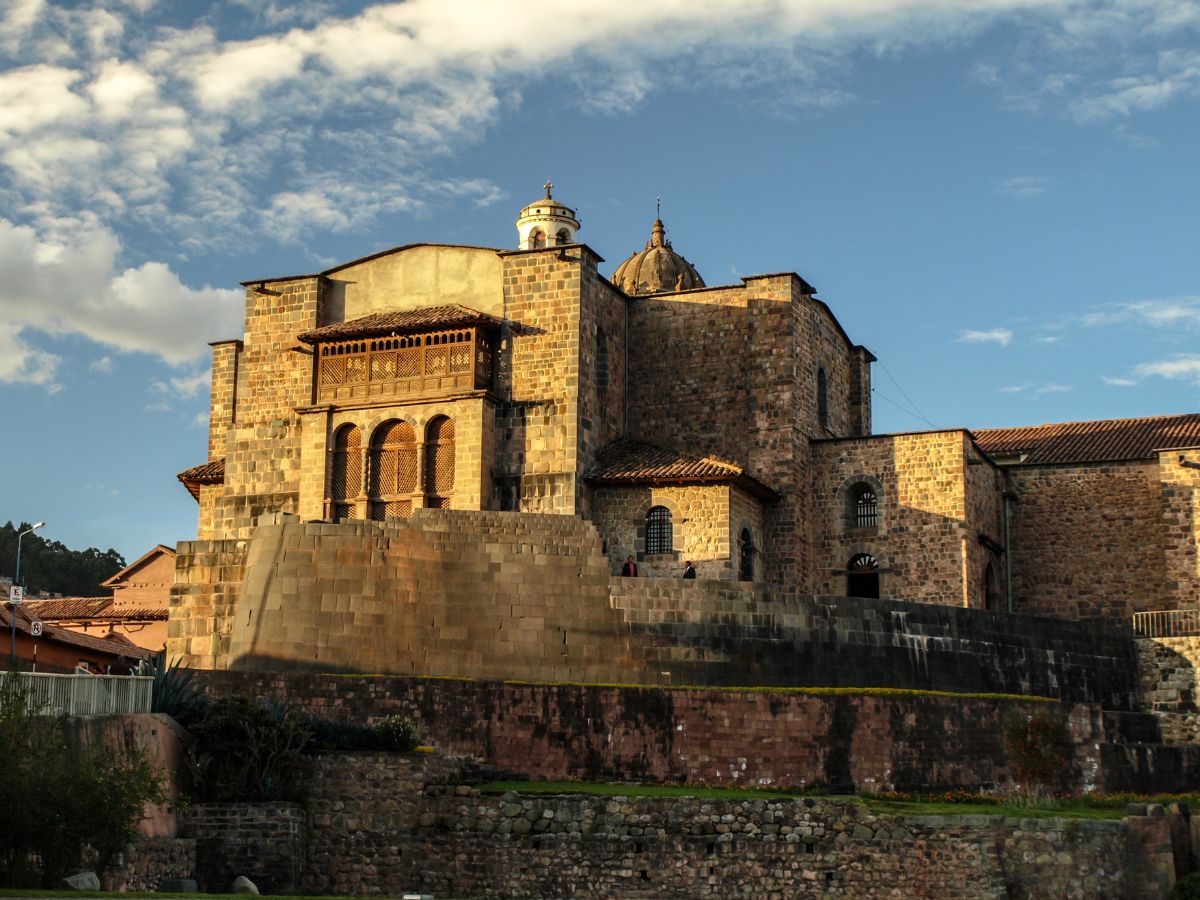
Explore many more tourist destinations and facts about Peru in our travel blog and plan your next trip with us!



